(I have taken this one contemplation from the book titled: The New Meditation Handbook, by Geshe Kelsang Gyatso. If you like it, there are many more contemplations in his book. You can find the book for purchase from Amazon. This particular contemplation is one of my favorite meditations since if developed into your heart where it becomes a part of your every day life, it makes for a more balanced existence with far less suffering. May it help you in your meditation practice and in your life.)
 Recognizing that All Living Beings Are Our Mothers
Recognizing that All Living Beings Are Our Mothers
Generating bodhichitta, the main path to enlightenment, depends upon universal compassion and cherishing love, which in turn depend upon affectionate love. To enhance our affectionate love for all living beings, we begin by contemplating how they are all our mothers.
Since it is impossible to find a beginning to our mental continuum, it follows that we have taken countless rebirths in the past, and, if we have had countless rebirths, we must have had countless mothers. Where are all these mothers now? They are all the living beings alive today.
It is incorrect to reason that our mothers of former lives are no longer our mothers just because a long time has passed since they actually cared for us. If our present mother were to die today, would she cease to be our mother? No, we would still regard her as our mother and pray for her happiness. The same is true of all our previous mothers – they died, yet they remain our mothers. It is only because of the changes in our external appearance that we do not recognize each other.
In our daily life, we see many different living beings, both human and non-human. We regard some as friends, some as enemies and most as strangers. These distinctions are made by our mistaken minds; they are not verified by our valid minds. Rather than following such mistaken minds, it would be better to regard all living beings as our mothers. Whoever we meet, we should think, “This person is my mother.” In this way, we shall feel equally warm towards all living beings.
If we regard all livings beings as our mothers, we shall find it easy to develop pure love and compassion, our everyday relationships will become pure and stable, and we shall naturally avoid negative actions such as killing or harming living beings. Since it is so beneficial to regard all livings beings as our mothers, we should adopt this way of thinking without hesitation.
Meditation
As the preparatory practice, we recite “Prayers for Meditation, Generating the Four Immeasurables” while concentrating on the meaning:
Generating the Four Immeasurables
May everyone be happy, may everyone be free from misery, may no one ever be separated from their happiness, may everyone have equanimity, free from hatred and attachment.
Than we engage in the following contemplation:
Since it is impossible to find a beginning to my mental continuum, it follows that I have taken countless rebirths in the past, and if I have had countless rebirths, I must have had countless mothers. Where are all these mothers now? They are all living beings alive today.
Having repeatedly contemplated this point, we generate a strong recognition that all living beings are our mothers. This recognition is the object of our meditation. We than hold this without forgetting it; our mind should remain on this recognition single-pointedly for as long as possible. If we lose the object of our meditation, we renew it by immediately remembering our recognition or repeating the contemplation.
At the end of the meditation session, we dedicate the virtues accumulated from this meditation practice towards the realization that all living beings are our mothers and the attainment of enlightenment for the happiness of all living beings.
During the meditation break, we maintain this recognition day and night. We should regard everyone we meet as our mother. This applies even to animals and insects, as well as our enemies. Instead of discriminating living beings as friends, enemies or strangers, we should try to view them all equally as being our mother. In this way, we shall overcome the harmful attitudes of attachment, hatred and indifference.
 Meditation class at the temple begins promptly at 10am on Saturdays. The second session of meditation class will begin this Saturday and run for four weeks. If you have not attended before, please fill out the meditation registration form at the temple and turn it in when you arrive.
Meditation class at the temple begins promptly at 10am on Saturdays. The second session of meditation class will begin this Saturday and run for four weeks. If you have not attended before, please fill out the meditation registration form at the temple and turn it in when you arrive. I made the mala, to the left, out of coral along with clear white crystal for marker beads. Instead of the usual tassel, I just placed the guru bead on it and Spring helped me knot it. She did the two leaves at the end. I think it is a Chinese along with a Tibetan mala. There are some malas that do not have the marker beads but instead all the beads are exactly the same. The mala is not used for decorative purposes. A mantra is decided on for the mala and used just for that particular mala. When meditating with your mala, you repeat the mantra for each bead.
I made the mala, to the left, out of coral along with clear white crystal for marker beads. Instead of the usual tassel, I just placed the guru bead on it and Spring helped me knot it. She did the two leaves at the end. I think it is a Chinese along with a Tibetan mala. There are some malas that do not have the marker beads but instead all the beads are exactly the same. The mala is not used for decorative purposes. A mantra is decided on for the mala and used just for that particular mala. When meditating with your mala, you repeat the mantra for each bead.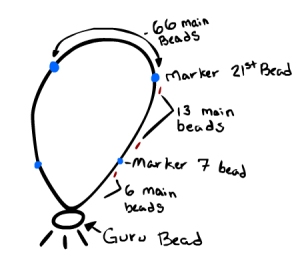 Making a Mala:
Making a Mala: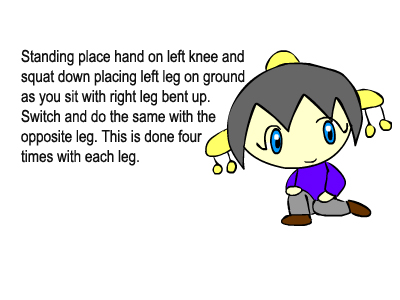



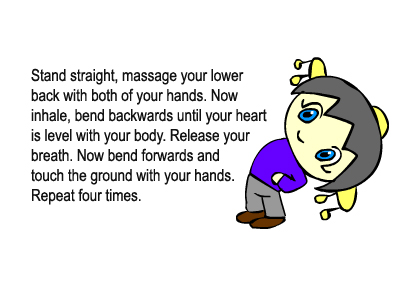

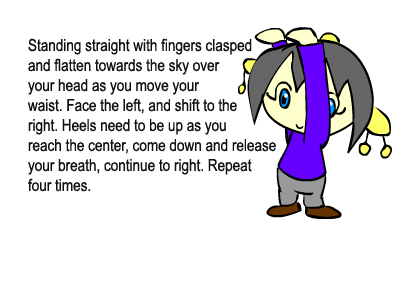



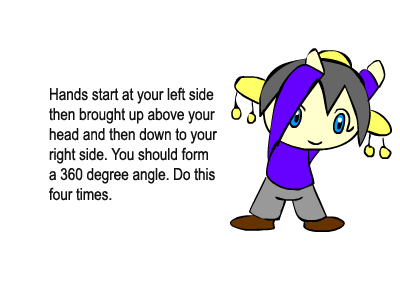

 (This is for all the people who have asked for sitting meditation classes and have asked what has happened to the calligraphy meditation class that was advertised for this month.)
(This is for all the people who have asked for sitting meditation classes and have asked what has happened to the calligraphy meditation class that was advertised for this month.) The result of each type of meditation is to quiet the endless chatter occurring in our minds. I find when I paint or do calligraphy, I have a few moments rest from the here, there and everywhere mind. I do have a long way to go in my meditation, but I am continuing to work on it because it is so serene when it happens where the mind stands firmly still, silent but for the breath and completely awake to the present moment. I hope each of you reach those moments too through your own meditation.
The result of each type of meditation is to quiet the endless chatter occurring in our minds. I find when I paint or do calligraphy, I have a few moments rest from the here, there and everywhere mind. I do have a long way to go in my meditation, but I am continuing to work on it because it is so serene when it happens where the mind stands firmly still, silent but for the breath and completely awake to the present moment. I hope each of you reach those moments too through your own meditation. The Calligraphy meditation class will be on Saturdays at 9:30am-11:00am starting next Saturday, 10/23, 10/29, and also continue throughout November in the Calligraphy Hall of Fo Guang Shan in Guam.
The Calligraphy meditation class will be on Saturdays at 9:30am-11:00am starting next Saturday, 10/23, 10/29, and also continue throughout November in the Calligraphy Hall of Fo Guang Shan in Guam.
 The meditation hall located on the first floor of the Guam Fo Guang Shan Temple is a center specifically designed for developing spiritual mindfulness, strengthening virtue, and raising the mental sensitivity of Buddhist devotees and lay practitioners. The eastern wall, seen as practitioners enter the room, contains a Buddha niche with an image of Sakyamuni Buddha. The western wall, between the two entry doors contains the seats designated for the Master of the Hall and Abbess of the Temple.
The meditation hall located on the first floor of the Guam Fo Guang Shan Temple is a center specifically designed for developing spiritual mindfulness, strengthening virtue, and raising the mental sensitivity of Buddhist devotees and lay practitioners. The eastern wall, seen as practitioners enter the room, contains a Buddha niche with an image of Sakyamuni Buddha. The western wall, between the two entry doors contains the seats designated for the Master of the Hall and Abbess of the Temple.  In the Chan School of Buddhism, this seat area is known as the niche of purity. Situated around the sides are seat cushions for the people meditating, with the center of the hall left as a large open space for walking meditation sessions. The bell board, mediation staff, wooden fish, gong and small bell, are used for signals during meditation, indicating the time to prepare, to practice, to rest, and other actions within the hall.
In the Chan School of Buddhism, this seat area is known as the niche of purity. Situated around the sides are seat cushions for the people meditating, with the center of the hall left as a large open space for walking meditation sessions. The bell board, mediation staff, wooden fish, gong and small bell, are used for signals during meditation, indicating the time to prepare, to practice, to rest, and other actions within the hall.
